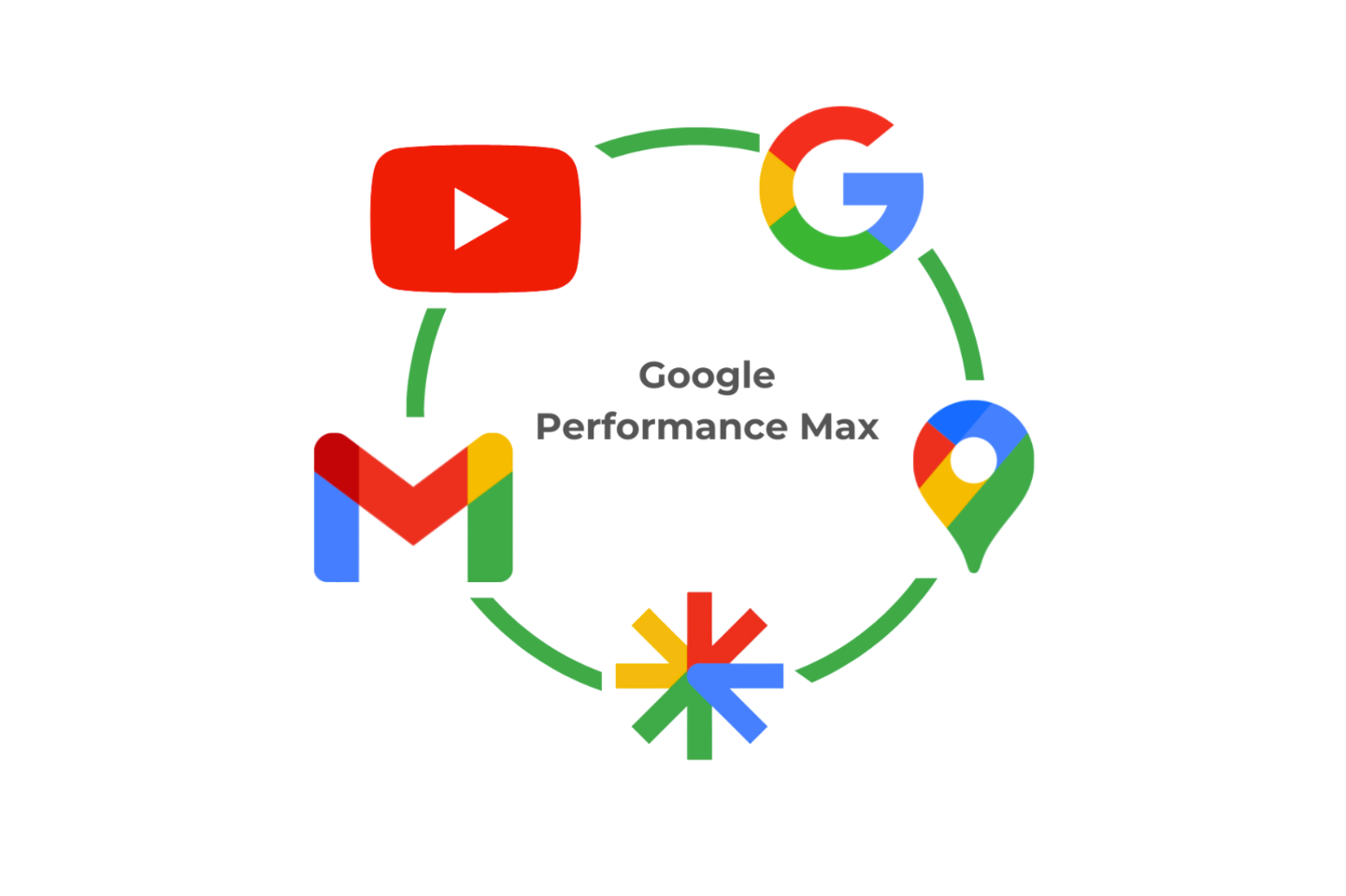How to Make Search and Performance Max (PMax) Campaigns Work Together in Google Ads
Google Ads offers multiple campaign types, each designed to achieve different marketing goals. Two of the most powerful options for businesses today are Performance Max (PMAX) campaigns and Search campaigns. Understanding how they work together can help your business maximize visibility, leads, and conversions.
What Are Performance Max Campaigns?
Performance Max (PMAx) is a relatively new campaign type from Google that allows advertisers to access all of Google’s inventory from a single campaign. Unlike traditional campaigns, PMAX uses automation and machine learning to optimize your ads across multiple channels, including:
Search
YouTube
Display
Discover
Gmail
Maps
The key advantage of PMAX is its ability to maximize conversions by automatically allocating budget and placements to the highest-performing channels and audiences.
What Are Search Campaigns?
Search campaigns are the more traditional Google Ads format, where your ads appear when users actively search for specific keywords related to your business.
The benefits of Search campaigns include:
Full control over keywords and bidding strategies
Highly targeted ad copy based on user intent
Predictable placement in search results
Search campaigns work best when you know exactly which keywords your audience is using to find your products or services.
How They Complement Each Other
While PMAX is great for broad reach and automation, Search campaigns provide precise control over keywords and targeting. Using both together allows businesses to:
Cover All Touchpoints
PMAX captures users across multiple Google properties, even if they haven’t searched for your brand yet.
Search campaigns target users actively looking for your products or services.
Maximize Conversions
PMAX finds new audiences and opportunities that your Search campaigns may miss.
Search campaigns capture high-intent traffic that’s more likely to convert immediately.
Optimize Budget Allocation
Running both campaigns allows Google’s machine learning to identify which campaign drives better ROI, letting you adjust budgets accordingly.
Gain Data Insights
Performance Max provides insights into which audiences and channels perform best.
Search campaigns provide keyword-level data to refine your strategy further.
Best Practices for Running Them Together
Set Clear Goals for Each Campaign
Use PMAX for broad conversions and prospecting.
Use Search campaigns for targeted high-intent traffic.
Avoid Keyword Cannibalization
Let PMAX focus on broader reach while Search campaigns focus on high-performing, high-intent keywords.
Use Audience Signals in PMAX
Provide Google with custom audiences or segments to help guide automation.
Monitor Performance Separately
Track the results of PMAX and Search campaigns separately to see which channels are performing best.
Conclusion
Performance Max and Search campaigns are not mutually exclusive: they work best when used together. PMAX expands your reach and finds new opportunities, while Search campaigns capture high-intent users actively searching for your offerings. By combining both, businesses can maximize visibility, optimize budget allocation, and increase conversions.
At ZDG Media, we specialize in running and optimizing both PMAX and Search campaigns to help businesses grow online. If you’d like to learn more about improving your Google Ads performance, contact us today for a personalized consultation.


